Campus Facilities Graded a C-
Photo By Nicolas Gorman
C minus.
That’s the grade the school’s facilities received from the DLS, the consulting firm hired by the district to evaluate needed renovations around the district. Repairs noted in the report will be reviewed by an oversight committee, and selected renovations would be funded by Measure N, a $350 million bond measure approved by voters in the district in November 2012.
The firm identified $1 billion worth of repairs throughout the district, a sum well beyond the funding limits of Measure N.
Projected repairs at Rio would total $23.8 million in construction costs and $32.2 million in total project costs, according to the report. This does not include funding for a new theater, being advocated for by members of the school community. Spending on such “signature projects” will be decided separately by the school board and member of the Measure N oversight group.
Vice Principal Chuck Whitaker said the report, released Friday afternoon, was thorough but overstated the school’s needs.
“They identified more repairs than needed,” he said. “My favorite line is the last line that the “campus has no curb appeal.”
The list will be paired down to essential items, probably including major concerns, such as refurbishing classrooms and upgrading physical education facilities and locker rooms, he said. “I am looking forward to making improvements at the school.”
Although reports were prepared for all sites, no other high school was marked down for not looking good to passers by on the street.
Nonetheless, other high schools also got low grades. Most facility grades were in the C range. El Camino and Encina scored in the D range.
Only Mesa Verde made it on the honor role. Although the school scored a solid B, it also has one of the lowest enrollments and lowest ratios of students per square feet of floor space.
Because the reports identify more problems than can be fixed with Measure N money, some members of the staff commented that the report cards might serve to identify schools for closure.
While Rio is not a target for closing, students were not surprised by the low grade for a facility build 50 years as a temporary school to accommodate an influx of Baby Boomers.
“Because our sports facilities are a disgrace, the water fountains either don’t work or get stuck and flood the hallway,” said junior Ethan Brown. “Also, our buildings are out of date compared to other schools and many classrooms are still in portables. It seems to me that it would be best to rebuild the school from new.”
Rebuilding the school would have the advantage of replacing thin metal walls, and single pane glass on classroom exteriors as well as replacing energy inefficient roofs and heating and air conditioning units, consultants have noted. However, the report lists the cost of replacing the school facilities on site as $78.6 million.
Other students say the school could use some work, but that facility repairs should not be the biggest spending priority.
“The school needs to get better supplies for the classrooms before fixing the facilities,”
said junior Logan Kemper.
However, Measure N money can only be spent on buildings and furnishings.
The DLR group identify key problem areas in Rio’s buildings and interiors that need work. Among key findings in the report:
P.E. Locker Rooms: “Boys and girls locker rooms on campus are both in poor condition. The lockers should be replaced.”
Inside Classrooms: “Classroom cabinetry is old, and in many cases damaged to the point of being unusable due to broken doors and shelves … 80% requires replacement.”
“Flooring systems are generally in poor condition and should be replaced virtually throughout the entire campus… Classroom interiors have poor artificial lighting systems and are dimly illuminated by old-style, energy efficient fluorescent lights.”
Portables: “Portable classrooms are in marginal condition and consideration should be given to their removal and replacement.”
Restrooms: “Staff restrooms are in marginal condition and have major accessibility issues. Staff restrooms are not ADA compliant.”
Athletic Facilities: “The playfields and baseball standards are in a marginal condition and consideration should be given to replacing said items… Tennis courts also need replacing due to their state of deterioration.”
Exterior: “Book lockers… need replacing. … The wall construction is in a marginal condition due to its age and purpose as a temporary structure built in 1963. … Campus has no ‘curb appeal.’”

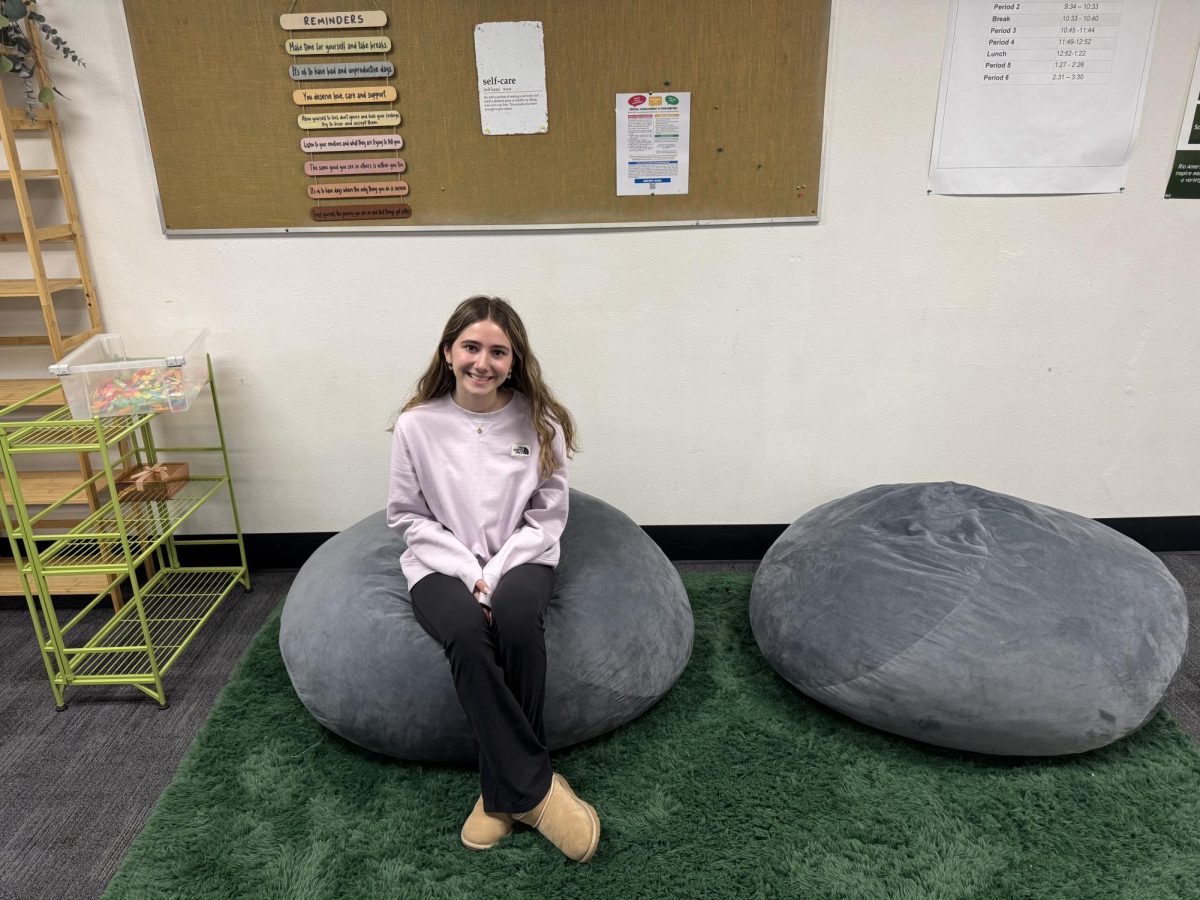
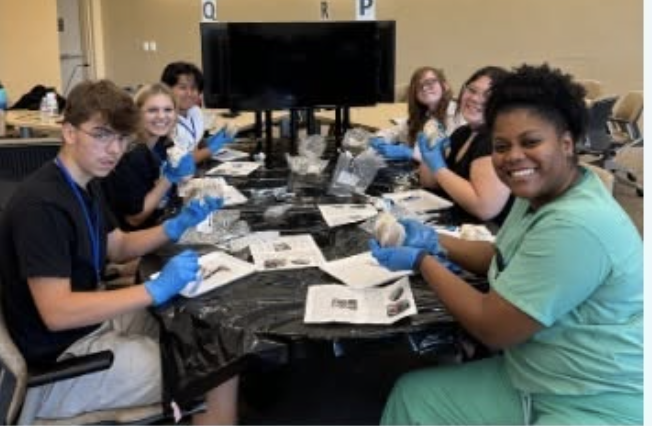
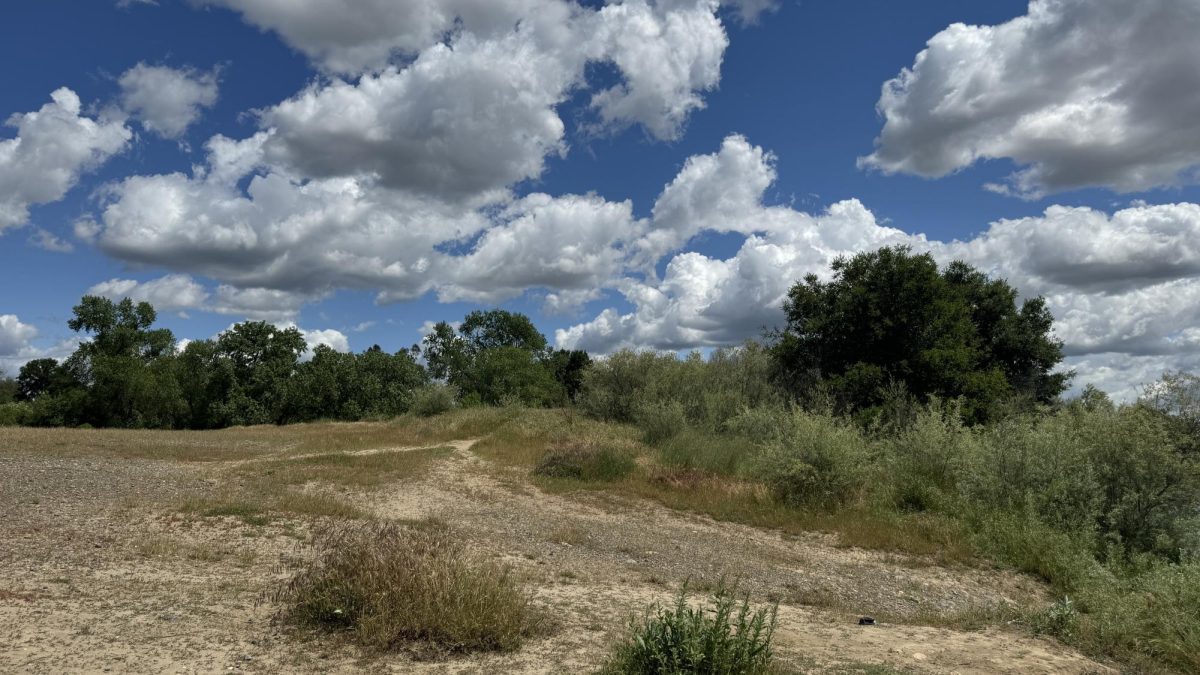





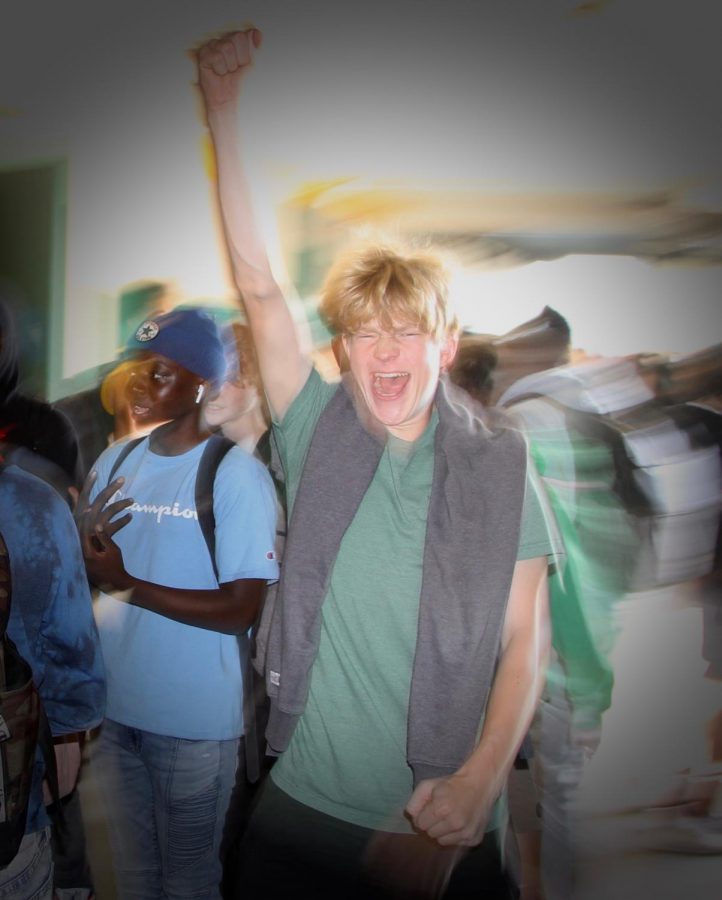

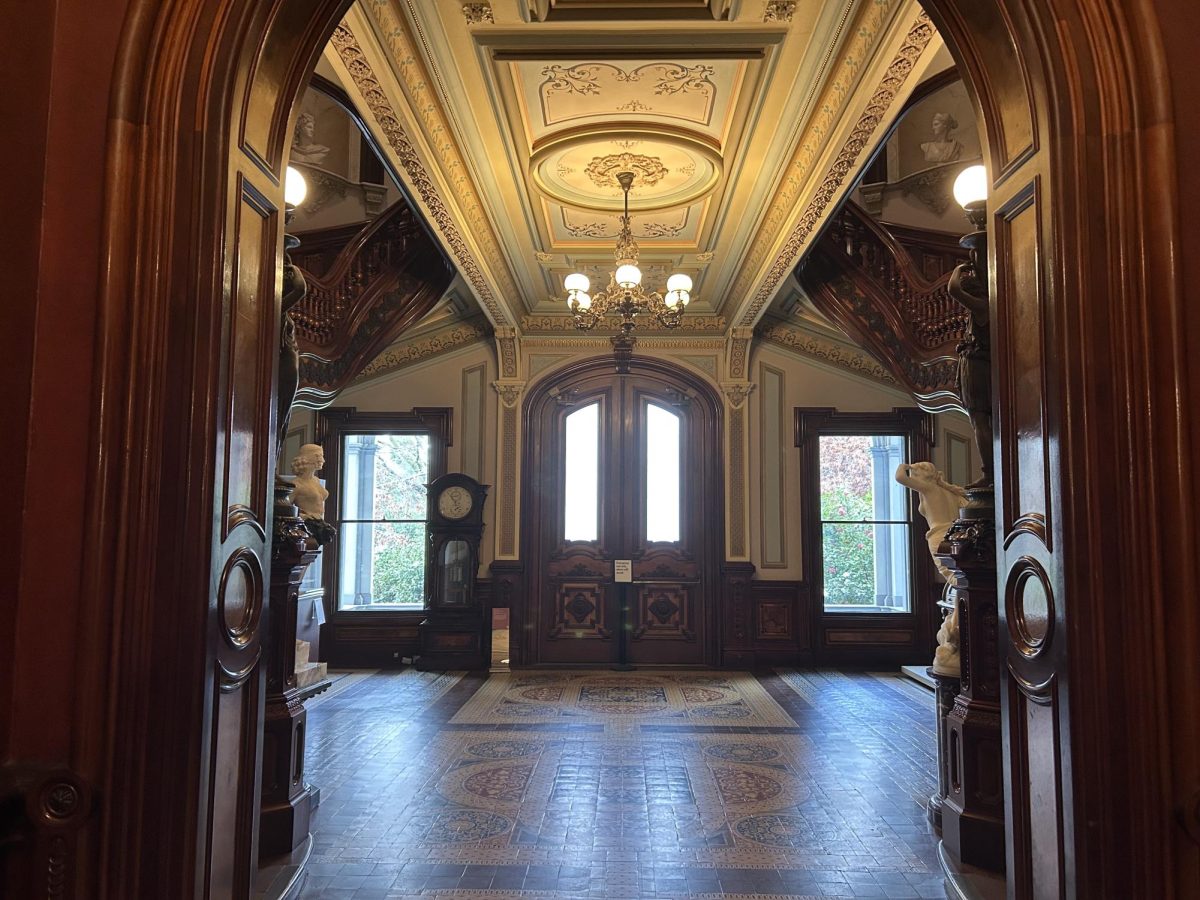
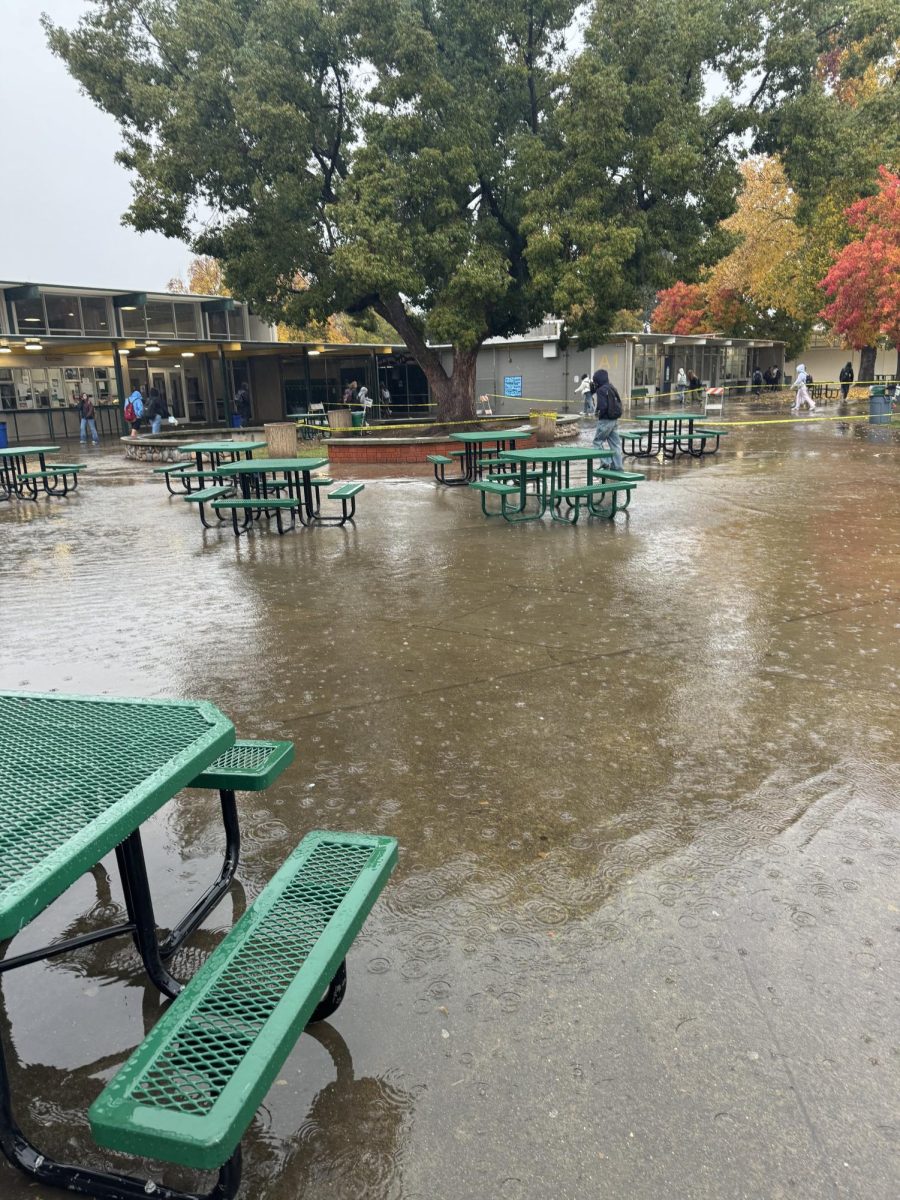
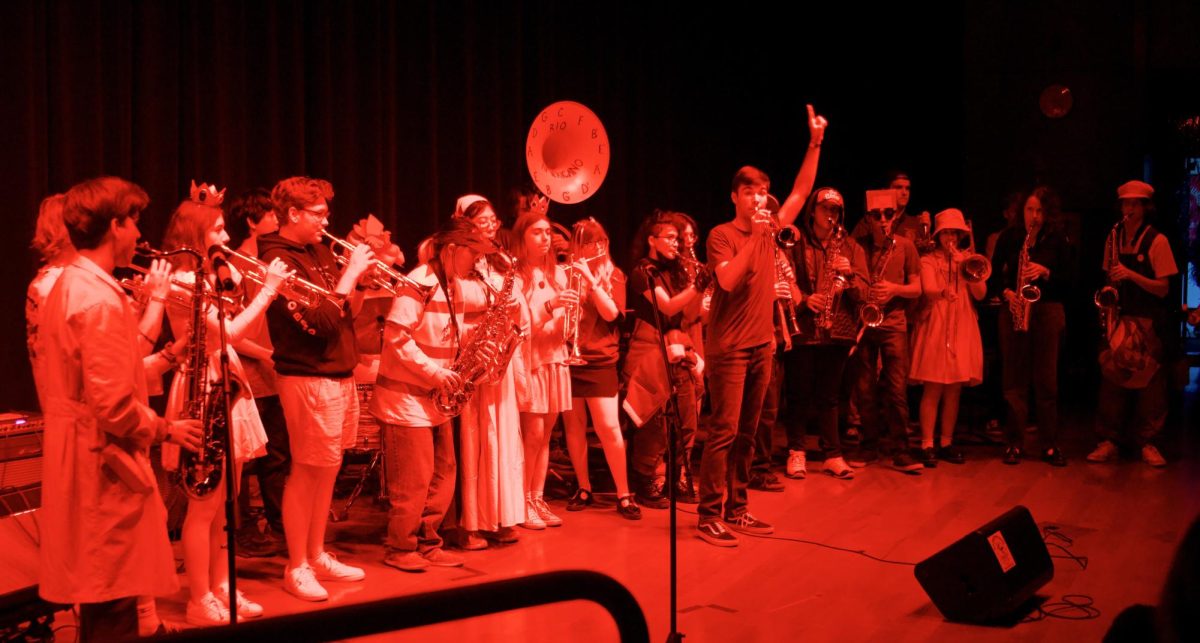
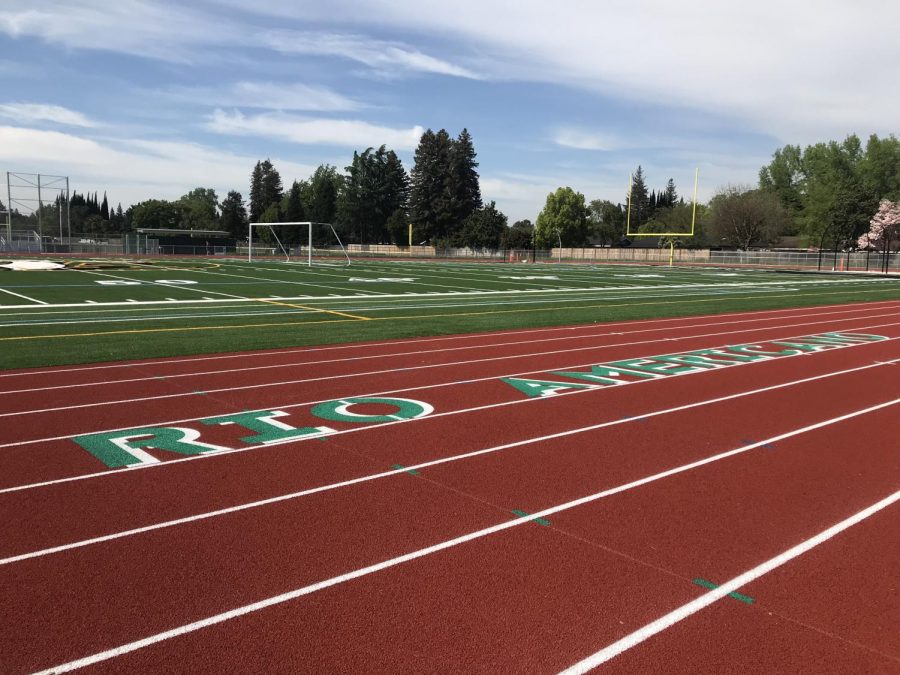




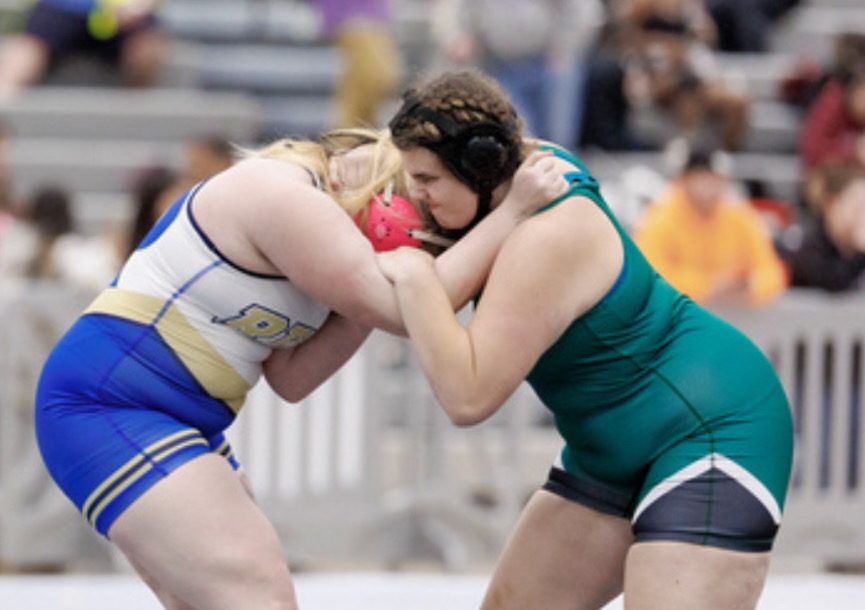



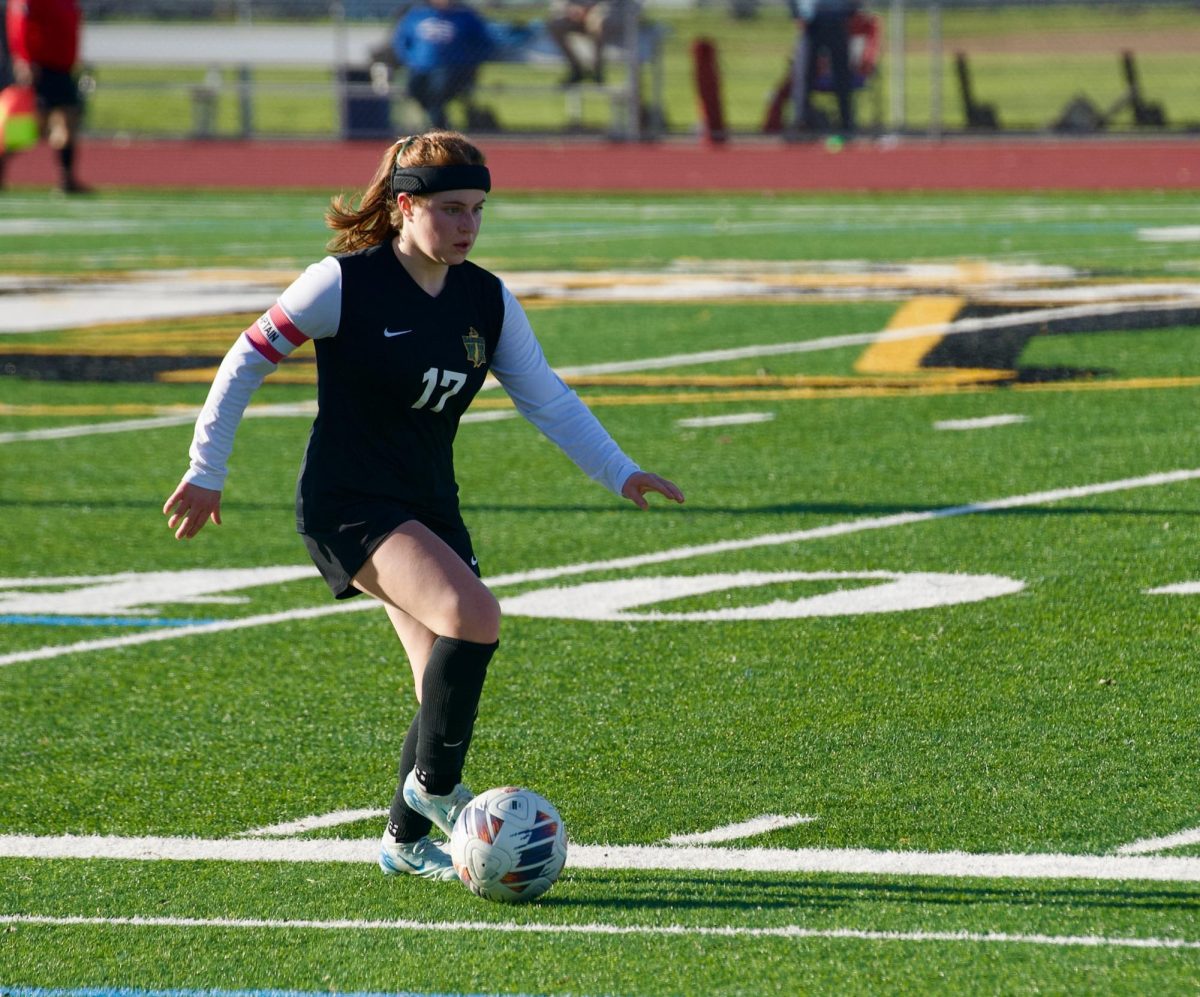
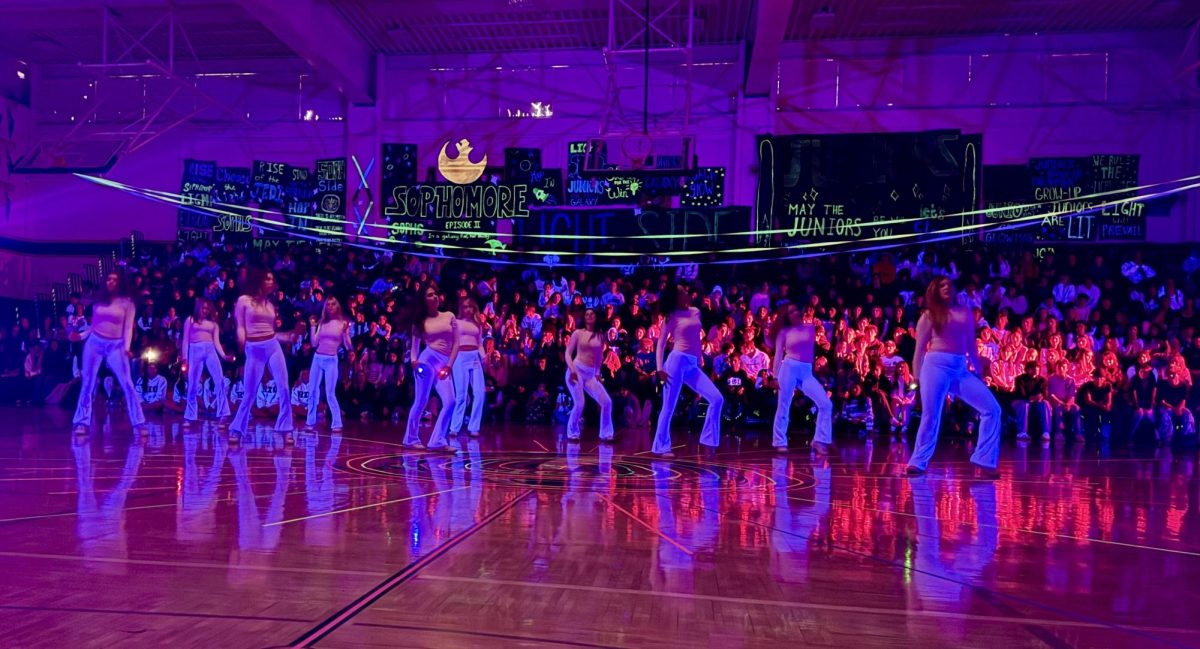
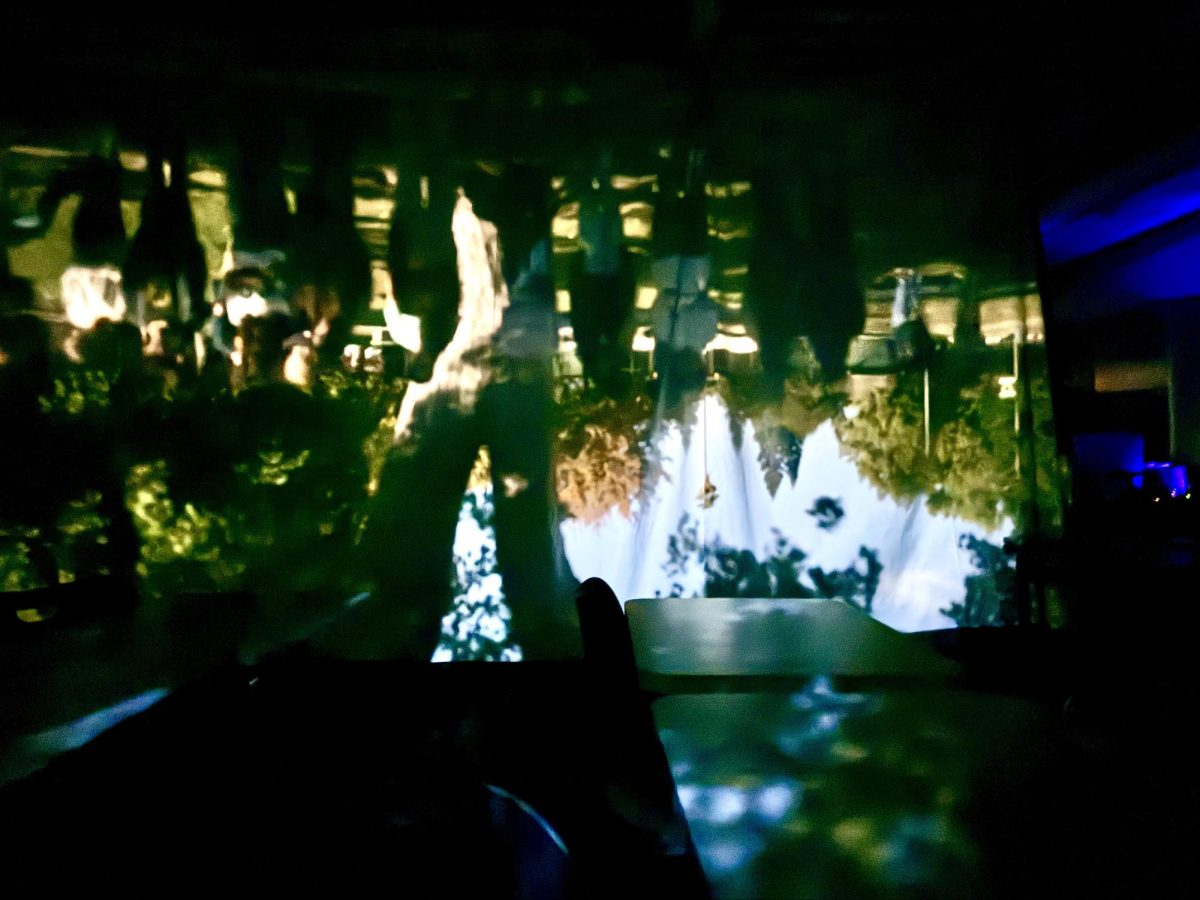
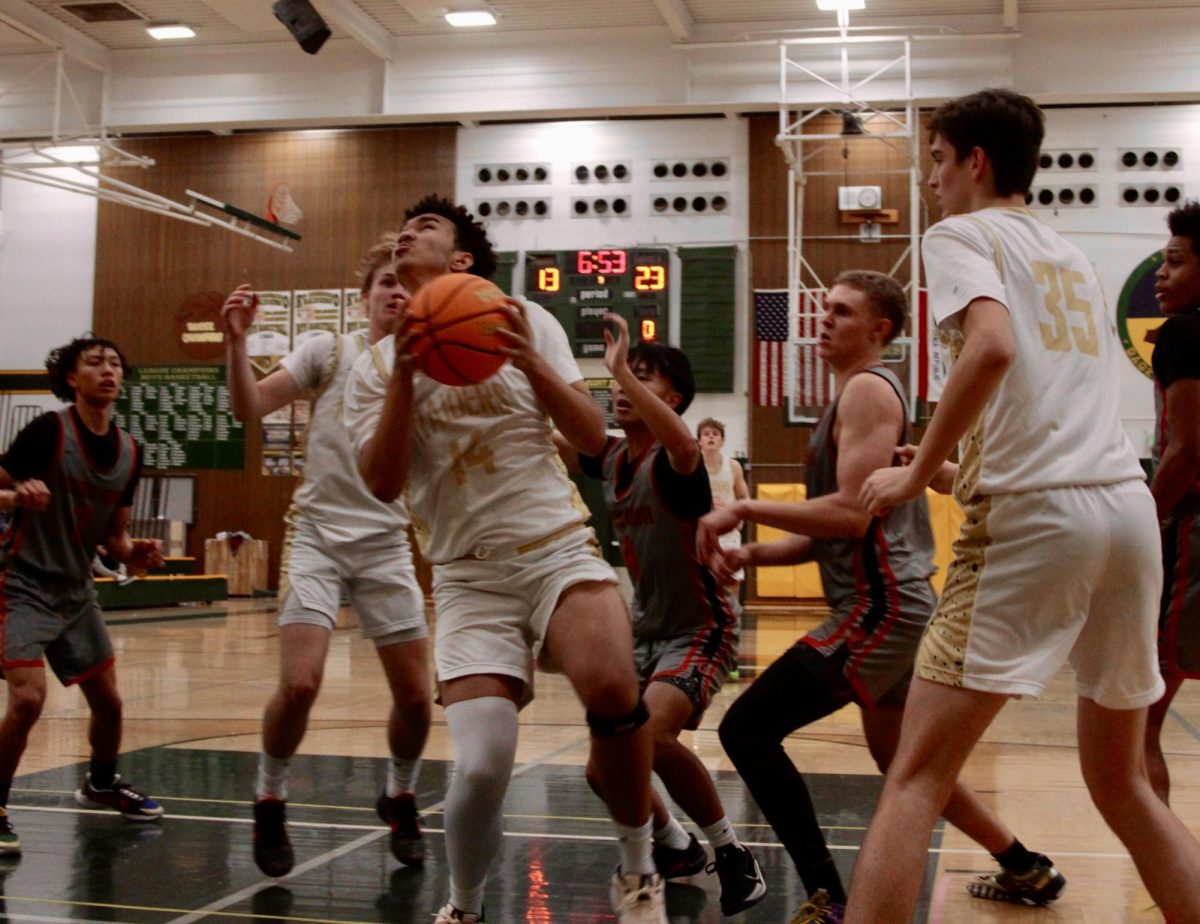










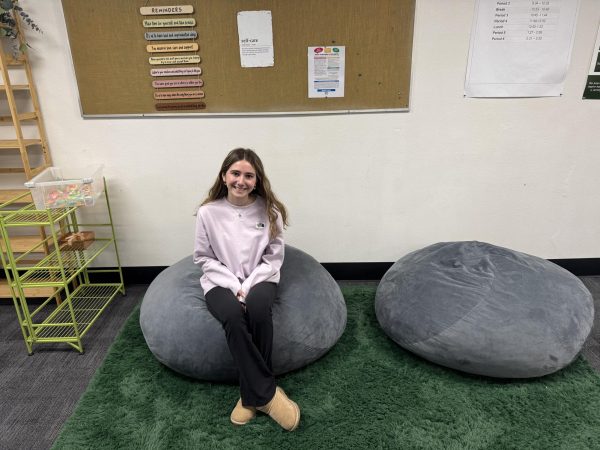

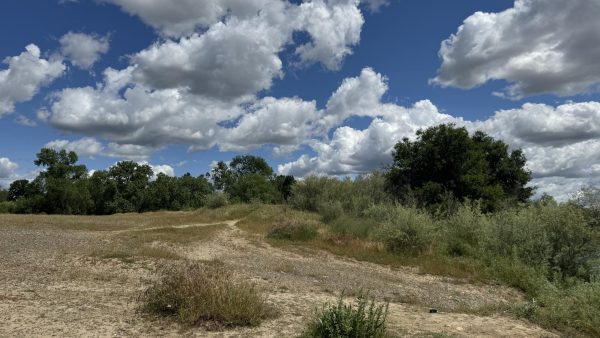


sexe • May 2, 2014 at 11:05 PM
Bon bah ce poste va atterrir sսr monn site internet ρerso
hvac orange county • Apr 8, 2014 at 8:39 AM
Apart from sending out the stale air, the air conditioning unit
will also be able to cool faster when all the sealed humidity escapes from your car.
That’s why you need air filters too, and more than you really know you do.
It is always advisable to select an appropriate
company out of so many air conditioning companies London to get the best air conditioning unit and the best service.